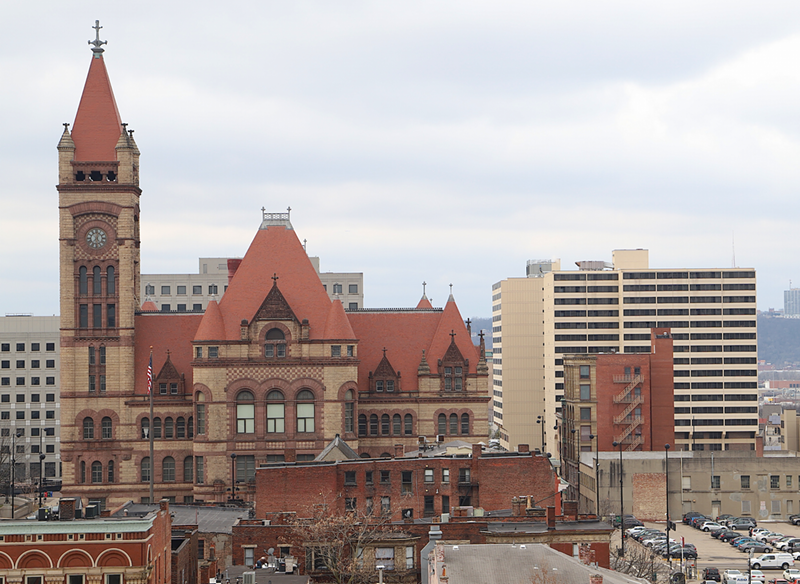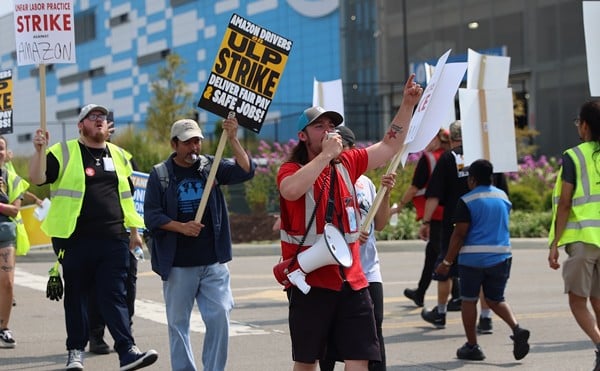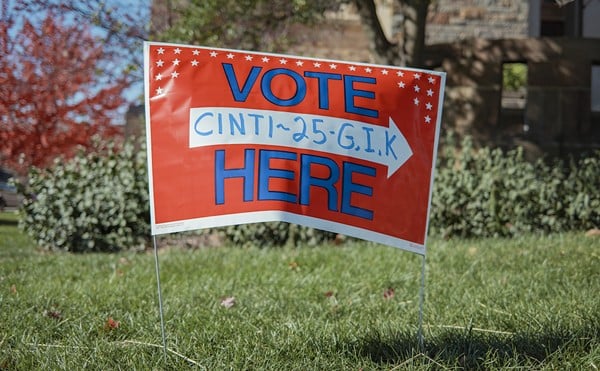Cincinnati City Council today approved the city's $1.6 billion Fiscal Year 2020 budget, boosting spending for basic public services, some human services organizations and neighborhood groups.
Council made several changes to Mayor John Cranley's proposed budget, including restoring funding to several outside organizations, creating a new funding category for legal aid organizations, restoring funding for the director of the city's Office of Environment and Sustainability and the city's bike program, and other additions.
A veto-proof majority and, many times, all council members voted for the ordinances, adding $1.5 million for those groups on the budget's operating side. Some of that spending, including $750,000 for nonprofit Center for Closing the Health Gap, was opposed by Cranley and City Manager Patrick Duhaney.
The money for the additions and funding restorations comes from roughly $881,000 left over from this year's budget, plus adjustments to holiday pay for incoming police recruits (totaling about $220,000) and other sources.
The votes effectively close out the city's budget process, which also included a series of public hearings, ahead of the end of the fiscal year June 30.
"I don't think anyone is happy with everything, but I do think it's a good structurally acceptable budget," council member David Mann said today. Mann chairs council's Budget and Finance Committee.
Council member Greg Landsman said the budget boosts several key priorities for the city, including basic public services, pedestrian safety, eviction prevention and other vital services.
"What this budget isn't is where we need to be long-term," Landsman said. "I don't think anyone is comfortable with the amount of revenue coming into the city and the fact that we're under-investing in key infrastructure... we're under investing in our departments. I do believe that in the next year or so we're going to have to make some difficult decisions about transforming this budget, because we can't keep doing what we're doing, which is cutting and cutting and cutting."
Part of the shortfall comes from long-running cuts to the state's Local Government Fund, which have cost the city tens of millions of dollars over the past decade. The Ohio Senate has suggested boosting somewhat the state's contributions to that fund, and the city expects to see roughly $2 million more from the state this year.
Operating Budget
Groups and offices receiving funds under council's budget changes:
• The Center for Closing the Health Gap: $750,000
• Office of Environment and Sustainability: $175,000
• Economic Inclusion Wage Monitoring: $140,000
• Office of Aging and Accessibility: $111,000
• Bethany House: $100,000
• Hillman Accelerator: $100,000
• Chemical Addiction Treatment (CAT) House: $41,250 above the $46,250 in Cranley's proposal
• Cincinnati Human Relations Commission: $20,000
• Urban Agriculture Program: $20,000
• City Clerk's Office funding restoration: $19,000
• Invest in Neighborhoods: $12,500 above the $37,500 in Cranley's proposal
• Neighborhood games: $10,000
As in past years, there was some debate about the way the city funds human services. The United Way's Human Services Advisory Committee oversees much of that funding, but other groups, including the Center for Closing the Health Gap, get money outside of that process. The city still vets those organizations, some council members say, but others, like council member Amy Murray, say the city should move all human services funding into United Way's wheelhouse.
Council did move to create a new category for legal help under the United Way-administered funding process. That category would include Legal Aid Society of Greater Cincinnati and the Ohio Justice and Policy Center, both of which currently get funding from the city. Council added the Immigrant and Refugee Law Center to that category and provided $50,000 in funding for the nonprofit.
Capital Budget
Council also added $663,500 in spending on the budget's capital side funded by extra money from closed out projects and tax increment financing district proceeds.
That money would go to restore cuts in funding to:
• City of Cincinnati bike program: $251,000
• Neighborhood Business District Improvement Program: $112,500
• Neighborhood Transportation Strategies: $111,000
• Electric vehicles for city departments: $96,000
• Over-the-Rhine Museum: $75,000
• ArtWorks mural funding: $18,000
Among the biggest winners in council's budget changes is the Center for Closing the Health Gap. As it was last year, the group's funding was cut under the city manager's and the mayor's budgets. Council also restored its funding last year.
The nonprofit, which saw a large number of supporters turn out to advocate for restoration to funding during the city's budget hearings recently, works to bridge health disparities experienced by Cincinnati's black residents.
The nonprofit has been in the news recently after texts released by the city showed that former Cincinnati mayor and Health Gap founder Dwight Tillery was communicating with five Democratic Cincinnati City Council members about the ouster of City Manager Harry Black, FC Cincinnati's West End stadium, Health Gap funding and other city business.
Cranley has said that the Health Gap should go through the same process overseen by the United Way of Greater Cincinnati that other nonprofits apply to in order to get city funding.






